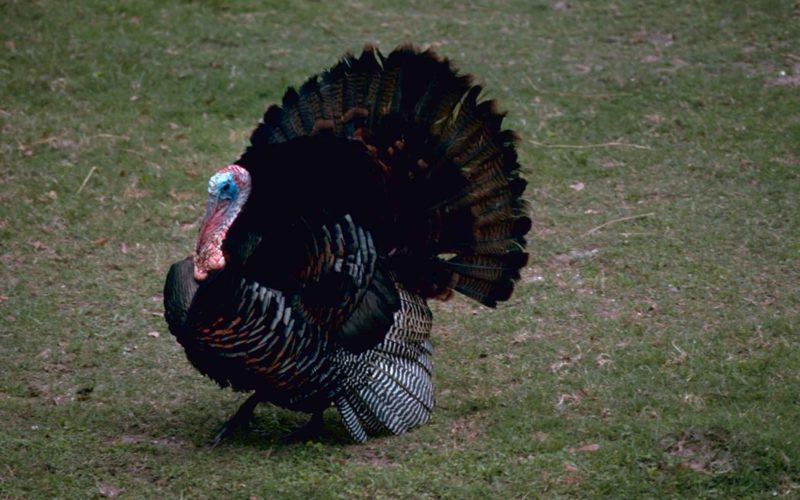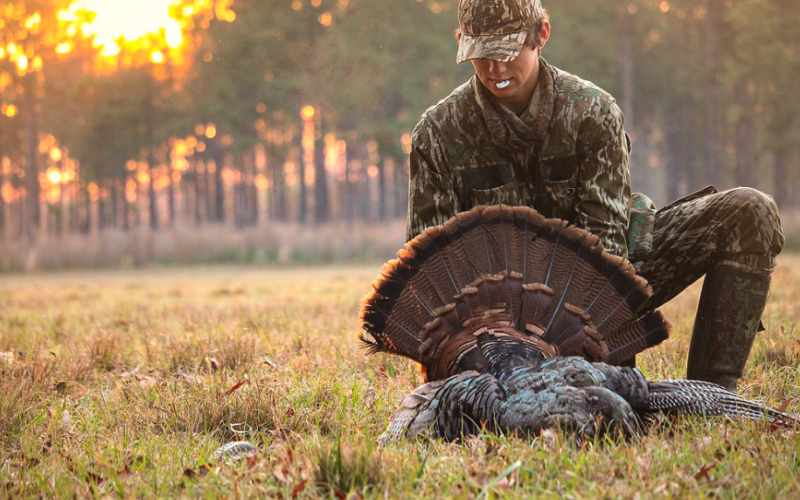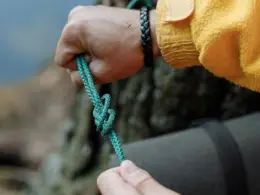Though most of us have ended or are close to ending our spring turkey season, this is the perfect time to purchase a turkey call. Getting a call now gives you plenty of time to practice all year. Turkey hunting is challenging and rewarding; it requires skill, patience, and an understanding of turkey behavior. One of the most critical aspects of successful turkey hunting is mastering calling. It is truly an art form; people even hold competitions for turkey calling. Turkey calls mimic the sounds of wild turkeys, attracting them closer to the hunter.
Turkeys make a lot of different sounds. The main calls to master are Yelp, Purr, Cluck, and Cuts. There are various types of turkey calls, each with its unique characteristics and uses. Learning also requires having an ear for the wild turkey’s actual sound. I recommend finding YouTube instructional videos to help master the calls. Each hunter has their own unique sound and preference; it takes time, but you will find what works best for you.
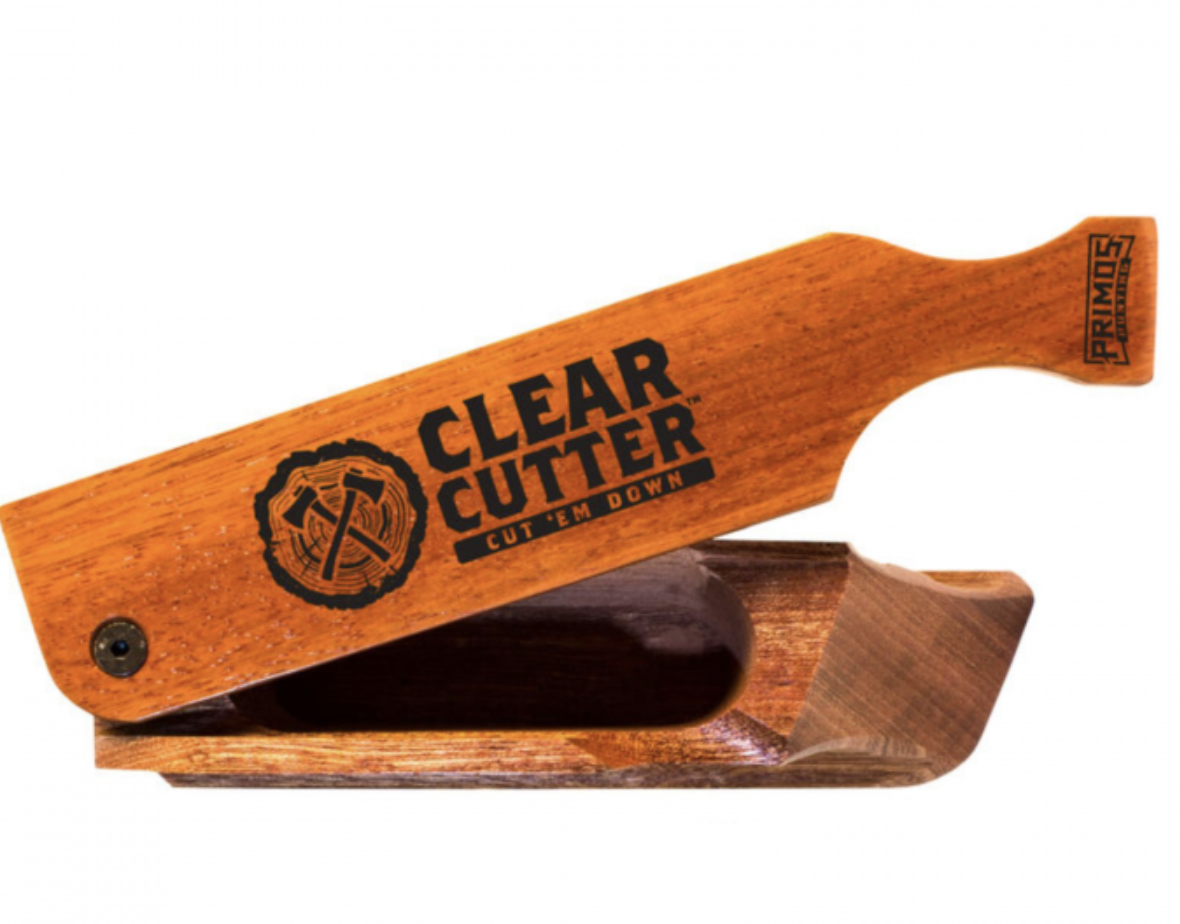
Box Calls
Box calls are one of the oldest and most popular types of turkey calls. Constructed of a wooden box with a paddle attached to the top. By sliding the paddle across the edges of the box, hunters can produce realistic turkey sounds. Box calls are known for their loud and high-pitched yelps, clucks, and cuts making them ideal for long-distance calling.
Advantages:
– Easy to use: Box calls are user-friendly, making them suitable for beginners.
– Loud and clear: Their volume makes them effective for attracting turkeys from a distance.
– Versatile: Box calls can produce a wide range of turkey sounds.
Disadvantages:
– Size and bulk: Box calls can be cumbersome to carry.
– Limited quietness: They are not ideal for subtle, close-range calls.
How to Use:
- Hold the box call in one hand and the paddle in the other.
- Gently slide the paddle across the edge of the box to create yelps.
- Vary the pressure and speed to produce different sounds, such as clucks and purrs.
Note: be sure to chalk the box paddle and edges before use.
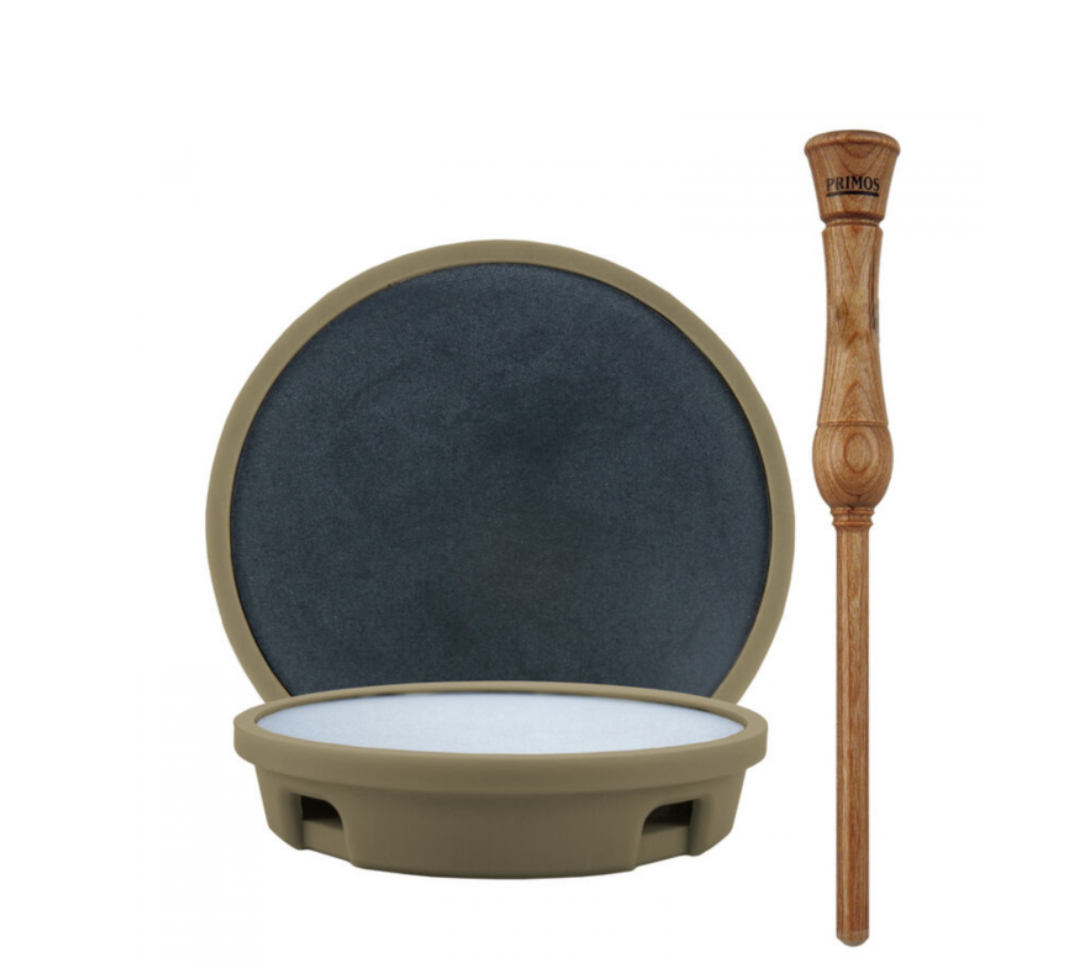
Slate Calls
Slate calls or Friction calls, more commonly known as pot calls, consist of a round slate or glass surface set in a wooden or plastic pot. A striker, usually made of wood or carbon, is used to create friction on the surface, producing turkey sounds. Slate calls are known for their ability to produce soft, subtle calls, they are vary verstile. This is my favorite call to use.
Advantages:
– Versatile: Slate calls can produce a wide range of sounds, from soft purrs to loud yelps.
– Realistic: They offer a natural and lifelike sound.
– Compact: Slate calls are relatively easy to carry and use.
Disadvantages:
– Weather sensitivity: Slate calls can be affected by moisture, reducing their effectiveness.
– Learning curve: They require some practice to master.
How to Use:
- Hold the slate call in your non-dominant hand.
- Use the striker to make small ovals for yelps or straight lines for purrs on the surface to create different calls. You can create clucks as you advance
- Adjust the pressure and angle to vary the sound.
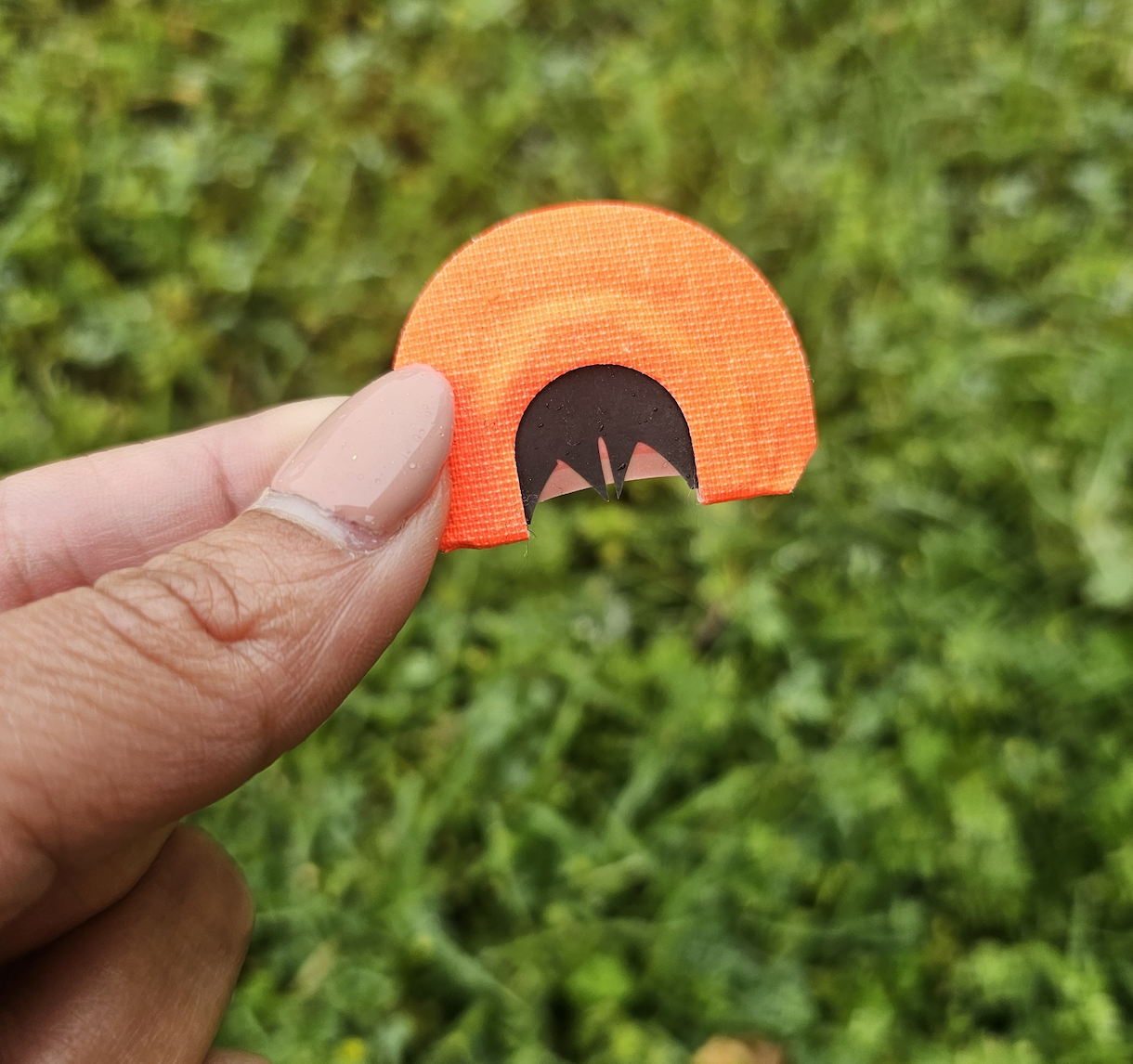
Mouth Calls
Mouth calls, also called diaphragm calls, are small and flexible, specifically made of materials that fit inside the mouth. There is a learning curve to these calls. They consist of a latex reed stretched across a horseshoe-shaped frame. By manipulating the reed with the tongue and airflow, hunters can produce a wide range of turkey sounds. Mouth calls are highly versatile and effective for close-range calling. Sometimes, it takes purchasing several different calls to see which fits your mouth better.
Advantages:
– Hands-free: Allows hunters to call while keeping their hands on their weapon.
– Versatile: Can produce a wide range of sounds, from soft purrs to loud yelps.
– Compact: Easy to carry and conceal.
Disadvantages:
– Learning curve: Requires a lot of practice to master.
– Comfort: Some hunters find them uncomfortable to use.
How to Use:
- Place the mouth call in your mouth, with the reed facing upward.
- Use your tongue to press the reed against the roof of your mouth.
- Control the airflow and tongue pressure to produce different sounds.
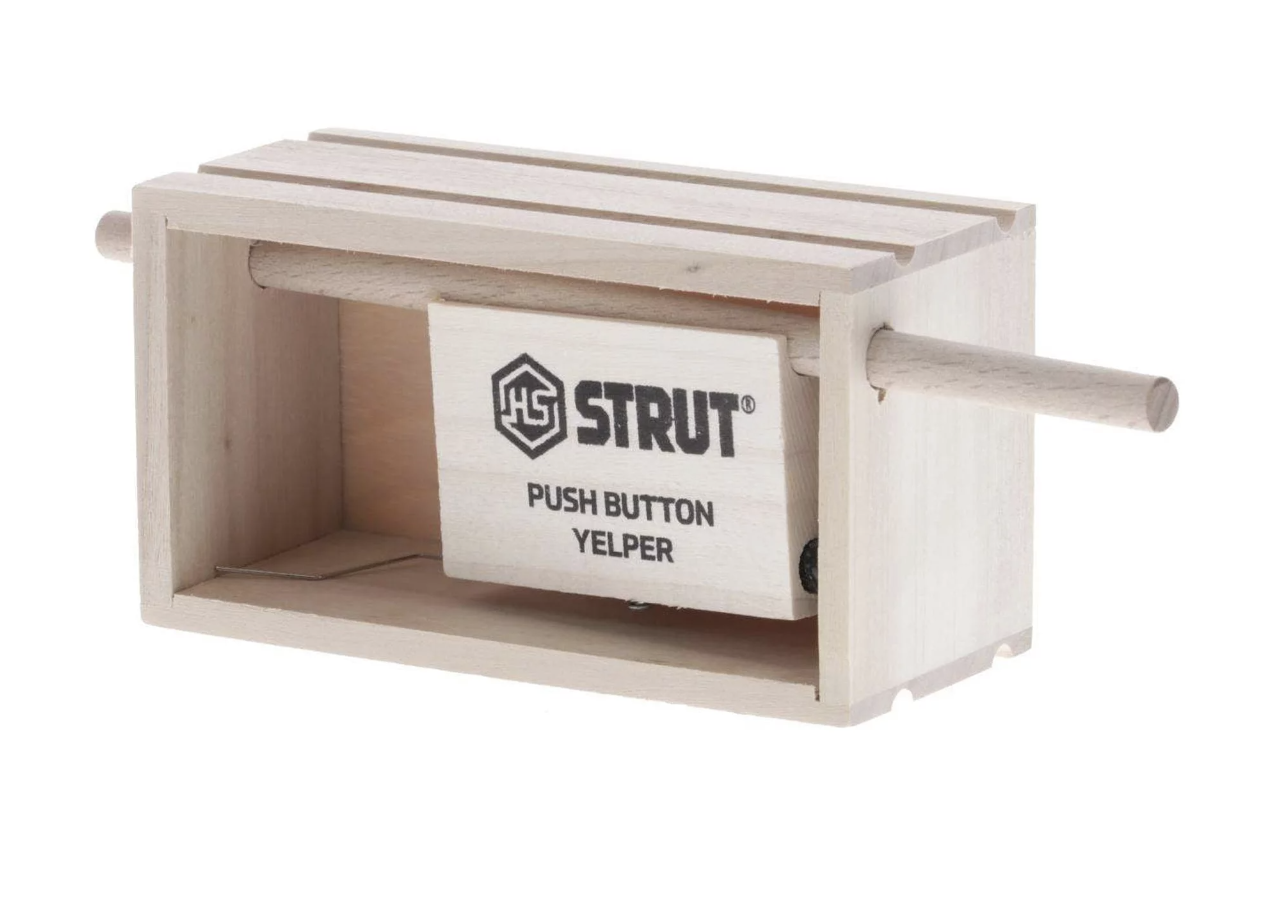
Push-Button Calls
Push-pull calls are simple, mechanical devices that produce turkey sounds by pushing the button to create a basic yelp. They are easy to use and are great for beginners and hunters looking for a compact, effective call. They are also very consistent in creating a basic Yelp.
Advantages:
– Easy to use: Ideal for beginners.
– Compact: Small and lightweight.
– Consistent: Produces reliable and consistent yelps.
Disadvantages:
– Limited range: Not as versatile as other calls.
– Volume: Generally quieter than a box or slate calls.
How to Use:
- Hold the call in one hand.
- Push and pull the plunger to create yelps, clucks, and purrs.
- Vary the pressure and speed to change the sound.
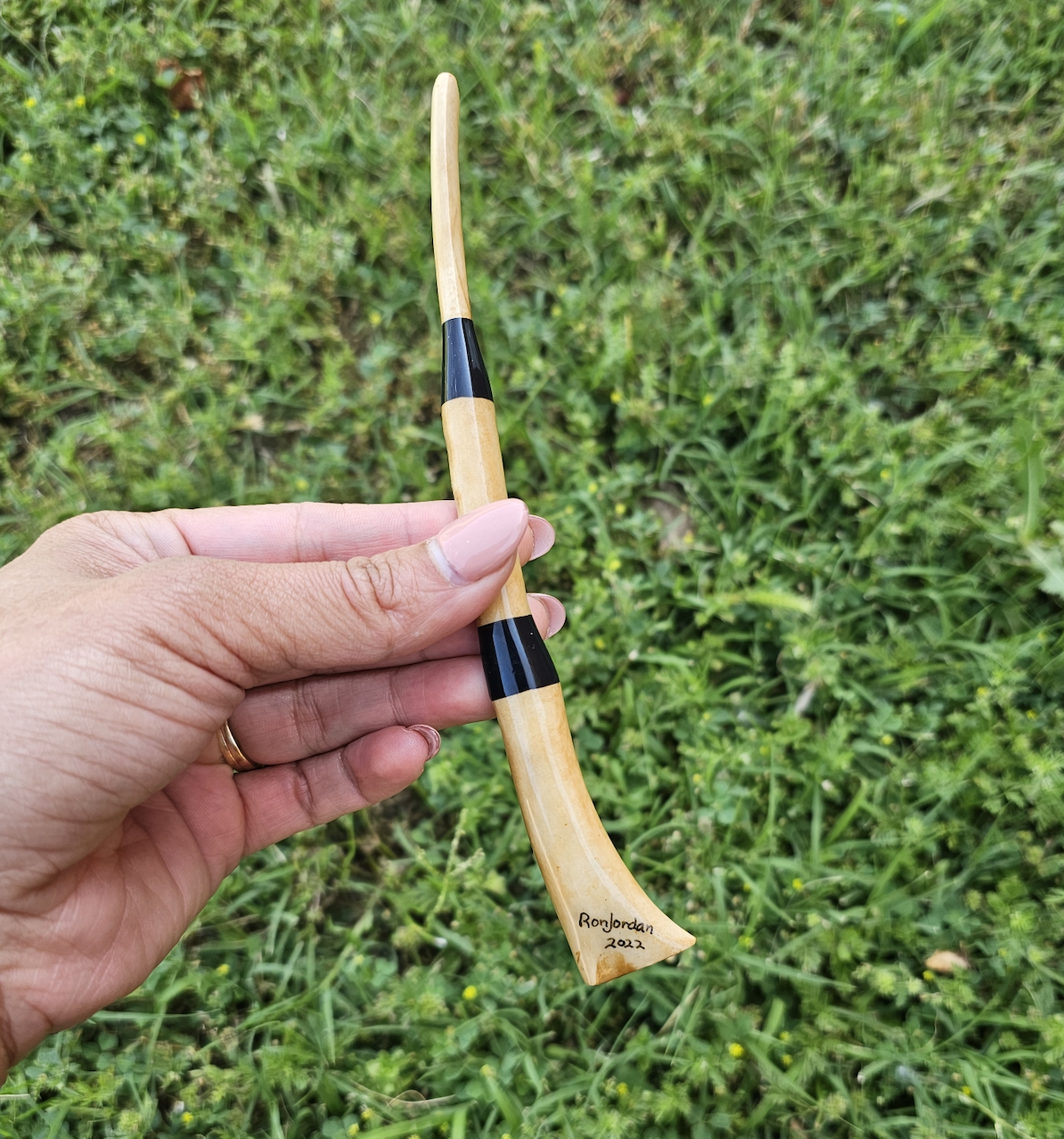
Wing Bone Calls
Wing bone calls are one of the oldest types of turkey calls, traditionally made from the bones of a turkey wing. Modern versions are often made from synthetic materials. They produce a unique, high-pitched sound that can be very effective for attracting turkeys. They also take quite the bit of practice once the learning curve is mastered. They are more fragile than modern style calls. We had two real wing bone calls and one broke, it was a sad day!
Advantages:
– Traditional: Offers a unique connection to historical turkey hunting practices.
– Distinctive sound: Produces a unique and effective call.
– Lightweight: Easy to carry.
Disadvantages:
– Learning curve: This can be very difficult to master.
– Limited volume: Not as loud as other calls.
-Fragile
How to Use:
- Hold the call to your lips, similar to a flute.
- Use your lips and diaphragm to suck air, similar to a “kiss” sound air.
- Adjust your lip position and airflow to produce different sounds.
Mastering the art of turkey calling requires practice and an understanding of the different types of calls available. Each type of call has its advantages and disadvantages, and the best call for you will depend on your hunting style and preference.
Whether you choose a box call, slate call, mouth call, push-pull call, or wing bone call, learning to use these tools effectively can significantly increase your chances of a successful hunt. So, grab your favorite turkey call, get to practicing, and you will be heading prepared to the field next season.

